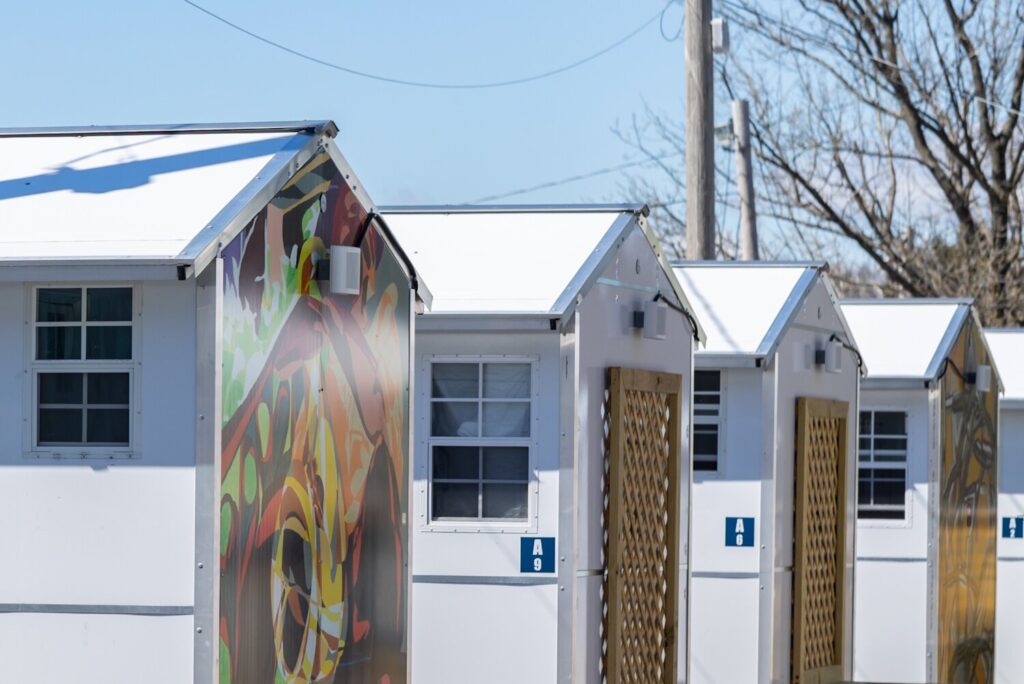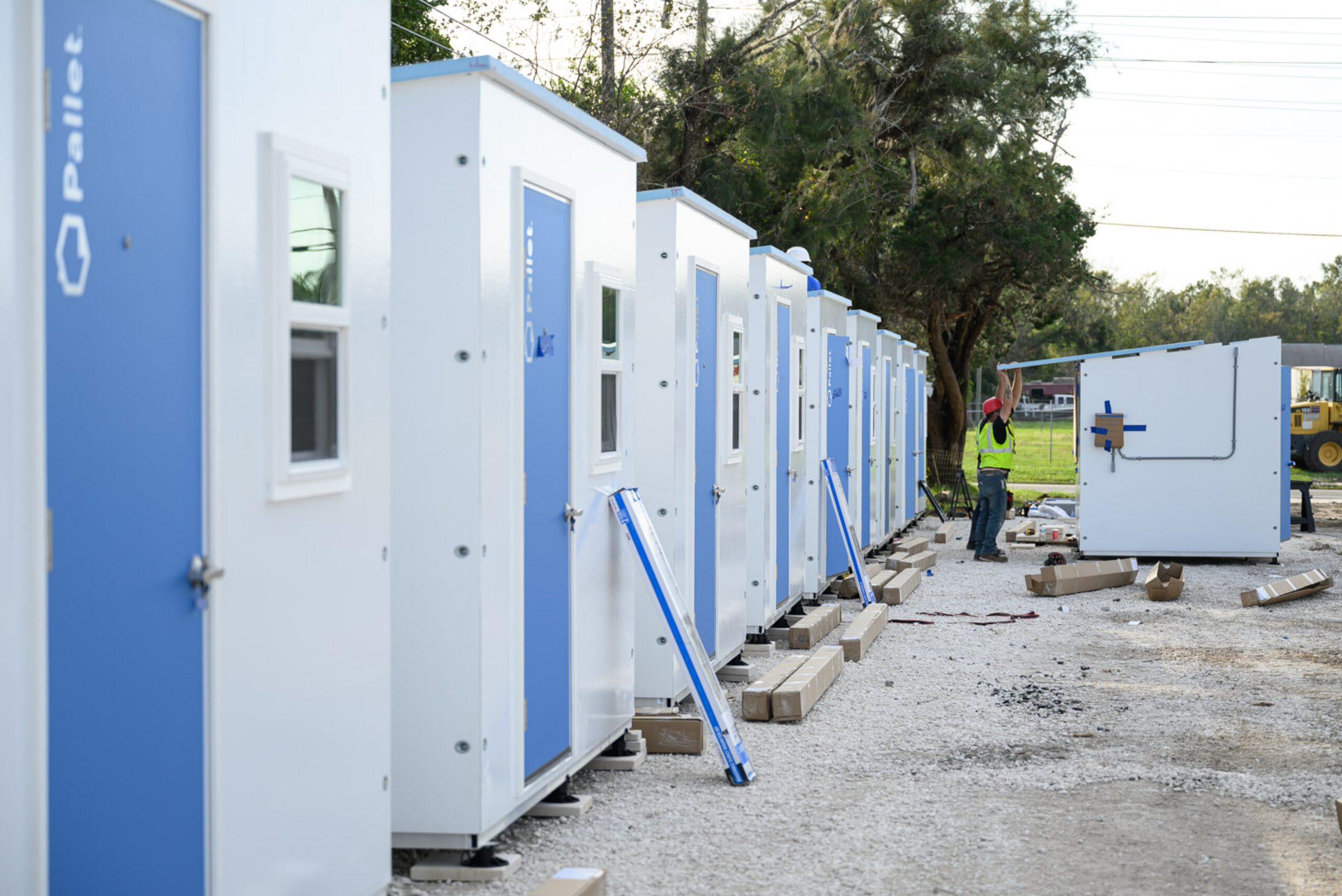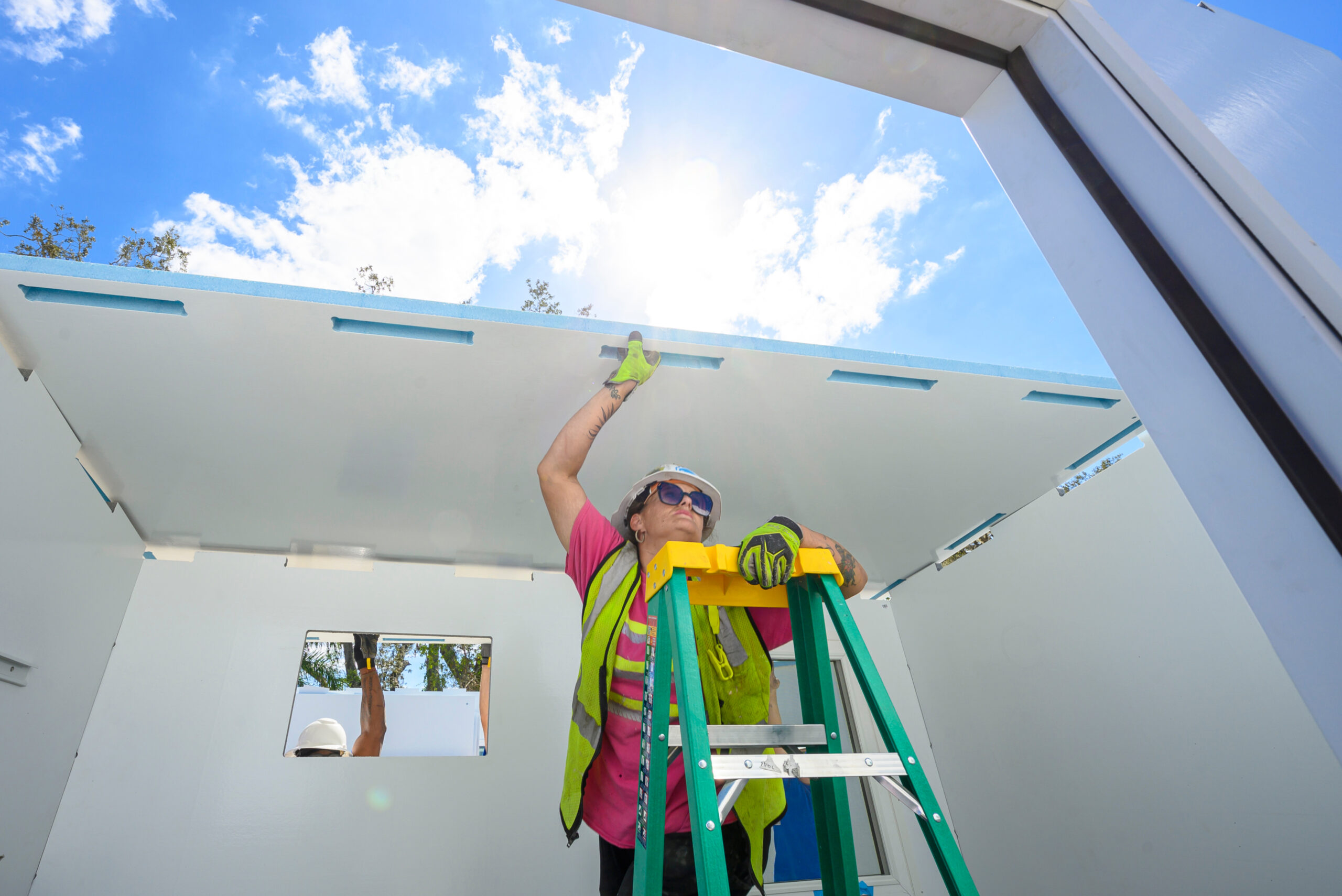Housing is Healthcare
September 16, 2023
It’s proven that stable housing has positive effects on physical and mental well-being. By cultivating inclusive shelter and housing models for vulnerable populations, we can alleviate pressure on taxpayers and providers while fostering healthier communities.

Housing is often considered a separate entity from concepts like healthcare and essential infrastructure, even with abundant data proving otherwise. When communities have access to sustainable, suitable shelter and housing options, they not only demonstrate better health outcomes, but also reduce economic strain. A study conducted by the National Alliance to End Homelessness shows that taxpayers spend an average of $35,578 per year on each person experiencing chronic homelessness, but when this same population is provided with stable housing, these costs reduce by an average of 49.5%.
This study along with years of other research all show the same outcome: every aspect that contributes to the larger picture of well-being is impacted by the lack of a stable living environment. Physical and mental health, preventative care, chronic disease management, and access to healthcare services are all intrinsically tied to adequate and equitable housing opportunities.

Physical Health
Protection from variable weather, consistent access to hygiene facilities, and good air quality are all traits of satisfactory housing that are easily taken for granted. However, a lack of access to these basic needs can have a profound impact on physical well-being, especially when compounded by conditions like respiratory disease and symptoms stemming from substance use disorder that are common among homeless communities.
Constant exposure to extreme weather also puts unsheltered populations at risk. Hypothermia, heat stroke, and other weather-related conditions are immediate threats, and crowded, unsanitary living conditions increase the likelihood of spreading infectious diseases along with food- and waterborne illnesses.
Mental Health
Unstable living conditions are also detrimental to mental well-being. The stress of being unhoused is an observed precursor to the development of anxiety, depression, and self-harming ideations. A lack of safety, particularly with survivors of physical or sexual assault, is also a contributor to other mental health conditions.
This susceptibility to these challenges, along with the provision of a Supplemental Security Income (SSI) that equates to just 18% of the median national income, can also in many cases act as a catalyst to developing substance use disorder. Although many think that substance use is a common cause of homelessness, the social adaptation model shows this to be a misconception: many people struggle with destructive substance dependencies only after experiencing the harsh reality of living unsheltered.
Preventative Care
A markedly higher dependence on emergency rooms in homeless populations is rooted in lower utilization of preventative care. When people forgo routine procedures like vaccinations, check-ups, and screenings, they default to the ER when any health concerns arise – usually due to symptoms that could easily be mitigated.
The cause of this can be attributed to the barriers unsheltered groups face: without a permanent address, reliable contact details, or dependable transportation, establishing a primary care provider and obtaining necessary medications becomes significantly more difficult than it is for those with stable housing.
Chronic Disease Management
Effectively managing chronic conditions is another aspect of health adversely affected by housing instability. Even though 30% of people experiencing homelessness live with ongoing disabilities (compared to 13% of the general population), the lack of preventative care and precursors to physical and mental health issues make these vulnerable groups far less likely to successfully engage in necessary self-care and medication adherence.
Continuous monitoring, attendance to therapy sessions, and participating in the creation of specialized care plans are more likely to happen when a patient is in stable housing. This points to why homeless individuals are reported as having higher rates of illnesses like asthma, heart disease, and diabetes than their housed counterparts.

Access to Healthcare Services
Without a permanent address, it’s exceedingly difficult to obtain health insurance; without health insurance, it’s nearly impossible to pay for even routine medical care. Unhoused individuals are statistically less likely to have any health insurance, restricting access to vital services.
The perpetuation of historically classist and racist practices like redlining also plays a part in availability of healthcare facilities. Low-income and marginalized neighborhoods are commonly not in close proximity to quality hospitals and healthcare professionals, further constraining reliable means for care.
With evidence illustrating the clear link between housing and healthcare, it’s time to recognize the positive effects stable shelter and housing has on the health of our communities. Innovative models like the Pallet shelter village in Boston show the power of bridging the gaps in housing disparities and championing equitable healthcare access for everyone.
To learn more about the role stable shelter and housing plays in the overall well-being of your city, download our Housing as Healthcare White Paper.


